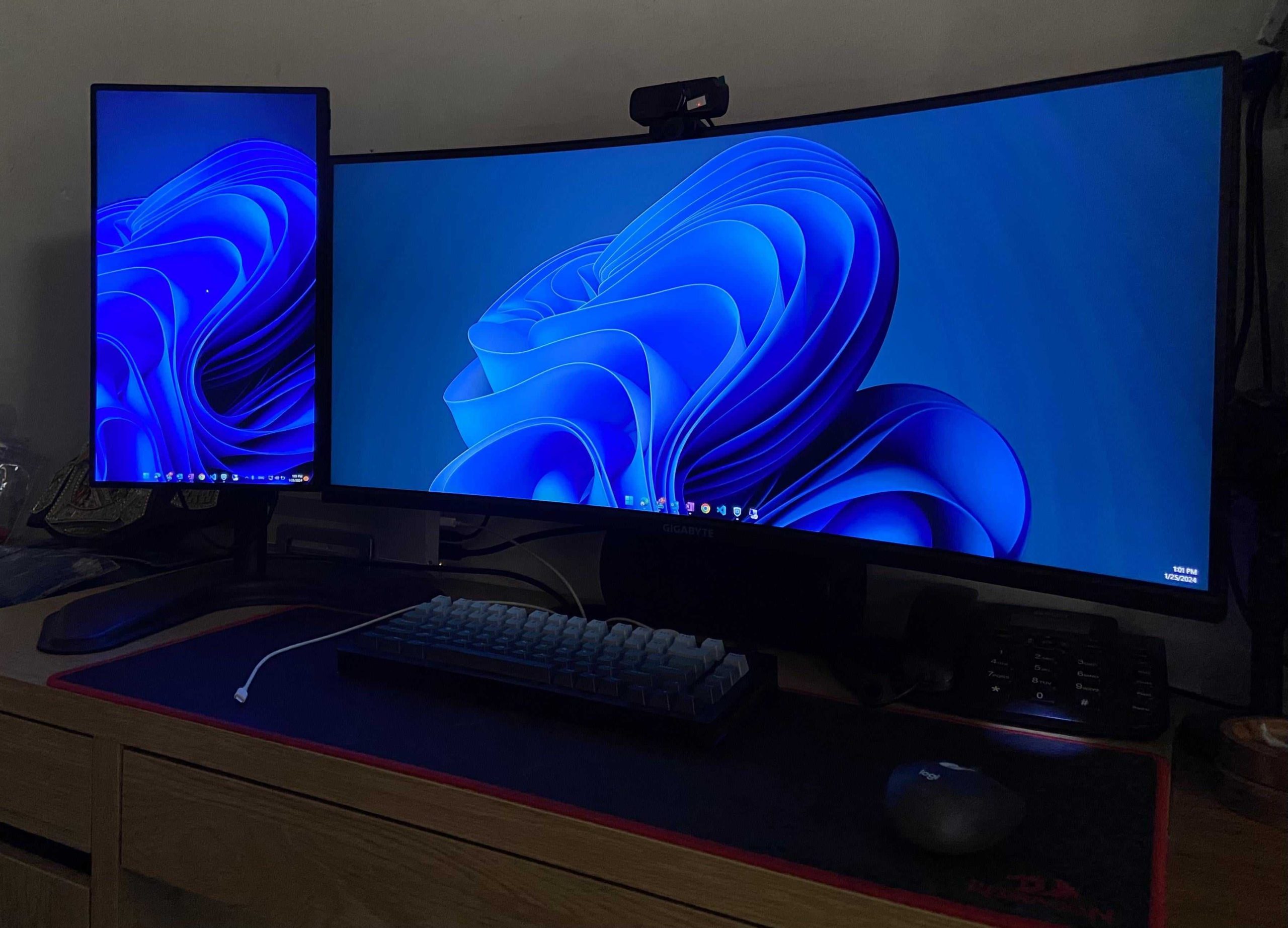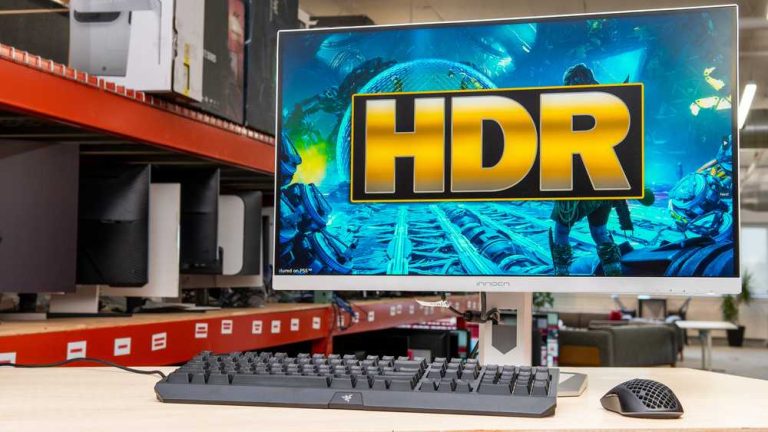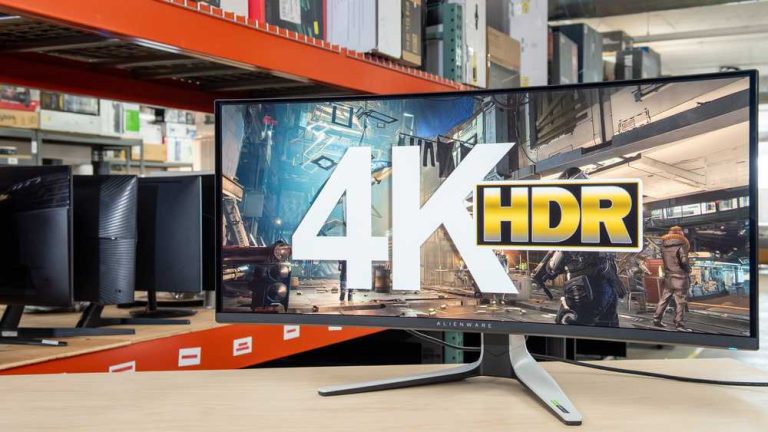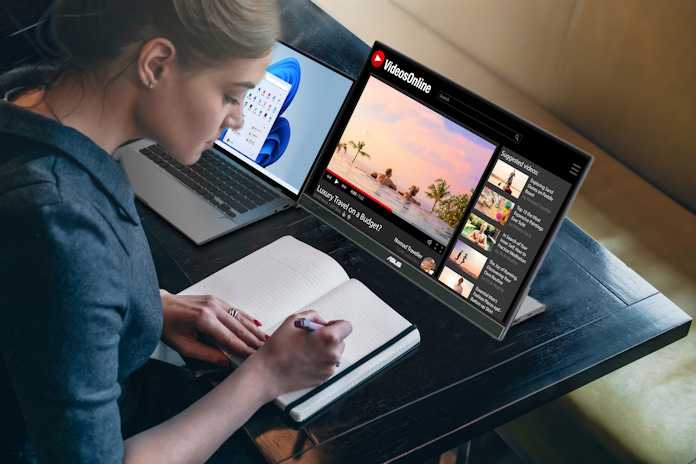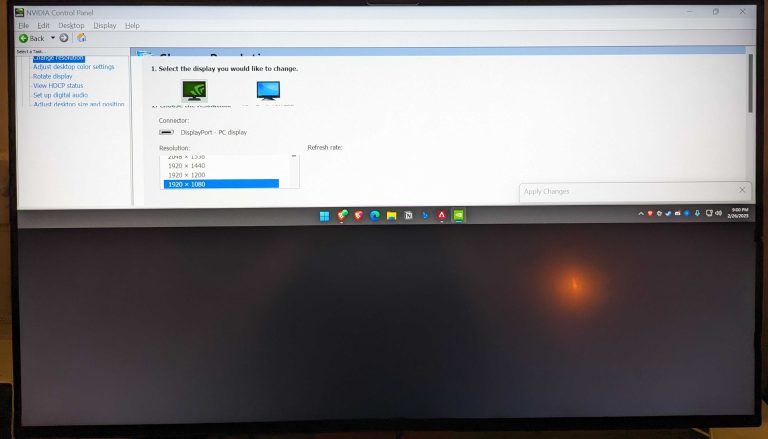Yes, portable monitors can be used vertically, but it depends on the design and features of the specific model. Most modern portable monitors are versatile and can be rotated or adjusted to different orientations, including vertical (portrait) mode. This flexibility makes them ideal for tasks like reading documents, coding, or social media browsing where a taller display is beneficial.
Portable monitors are generally designed to be adaptable, allowing users to switch between landscape and portrait modes with ease. However, it’s important to check if the monitor’s stand or mounting options support vertical positioning. Properly setting up a portable monitor vertically can boost productivity and provide more comfortable viewing angles, especially for specific tasks or workflows.
If you’re wondering whether you can use your portable monitor in a vertical orientation, the good news is that most models are equipped for this purpose, as long as they have the appropriate stand or rotation capabilities. With the increasing demand for flexible workspace setups, understanding how to use portable monitors vertically can help you maximize their potential and create a more ergonomic and efficient workspace without sacrificing portability.
Can Portable Monitors Be Used Vertically? Exploring the Possibilities
Understanding the Basic Design of Portable Monitors
Portable monitors are designed to be lightweight and convenient for mobile use. They usually connect to laptops, tablets, or smartphones to expand screen space. These monitors come with various features, including different screen sizes, resolutions, and stand options.
Most portable monitors are built with a specific orientation in mind, either landscape or portrait mode. Their hardware design influences whether they can be used vertically or horizontally without issues. Knowing the physical and software capabilities of these devices helps determine their flexibility.
The Importance of Orientation in Portable Monitors
Using a monitor in the correct orientation can improve productivity and comfort. Portrait orientation, which is vertical, is especially useful for reading long documents, coding, or browsing social media feeds. Horizontal, or landscape, is better suited for watching videos or working with large spreadsheets.
Many users wonder if they can switch their portable monitor from landscape to portrait mode easily. This depends on the monitor’s design, its stand or mounting options, and the settings available in the connected device.
Factors That Affect Vertical Usage of Portable Monitors
Several factors determine if a portable monitor can be used vertically. These include hardware features, software support, and physical stand options.
- Hardware Compatibility: Does the monitor have a flexible stand or mounting system that allows for vertical positioning?
- Software Support: Can the device’s operating system rotate the display without glitches?
- Physical Design: Is the monitor’s frame and ports arranged to support vertical placement?
Understanding these factors helps users decide if their current portable monitor can be used in the desired orientation.
How to Use a Portable Monitor Vertically: Step-by-Step Guide
You can set up most portable monitors for vertical use by following a few simple steps. First, check the monitor’s physical stand or mounting options, ensuring they support rotation.
Next, connect the portable monitor to your device, such as a laptop or tablet. Once connected, access display settings on your operating system to rotate the display.
For Windows Devices
- Open the Display Settings by right-clicking on the desktop and selecting “Display Settings.”
- Scroll to the “Display Orientation” dropdown menu.
- Select “Portrait” or “Portrait (flipped)” depending on your preference.
- Click “Apply” to confirm the change.
For Mac Devices
- Go to “System Preferences” and click on “Displays.”
- Hold the “Option” key and click “Rotate” in the Display tab.
- Choose “90” or “270” degrees for vertical orientation.
- Adjust the display and save your settings.
This process works with most modern operating systems, provided the hardware supports rotation.
Hardware Features That Support Vertical Use
Some portable monitors are explicitly designed with rotation in mind, featuring adjustable stands. These stands allow for easy switching between landscape and portrait modes.
Other models come with built-in hinges or mounting options compatible with VESA mounts. These features make vertical placement more stable and secure.
Look for these features when choosing a portable monitor
- Adjustable or rotatable stand
- VESA mounting compatibility
- Flexible hinge design
- High-quality construction for stability
Choosing a monitor with these features can make vertical use seamless and hassle-free.
Limitations and Challenges of Using Portable Monitors Vertically
While many portable monitors can be used vertically, some limitations exist. Physical design constraints may prevent certain models from supporting vertical orientation.
Software limitations can also arise if the device’s graphics card or operating system does not support display rotation. This can lead to flickering, misalignment, or usability issues.
Additionally, ports and cables may be arranged for horizontal use, making vertical placement less convenient. Users should check their device’s specifications before attempting to switch orientations.
Advantages of Using Portable Monitors in Vertical Mode
Switching to vertical mode offers several benefits for specific tasks. Reading lengthy articles or coding can become more comfortable with a portrait display.
Vertical orientation can maximize the use of limited desk space and improve workflow efficiency. For some users, it creates a more natural setup for multitasking and resource management.
Related Topics: Accessories and Tips for Vertical Use
There are accessories that facilitate vertical use of portable monitors. For example, portable stands or VESA-compatible mounts enable secure positioning in portrait mode.
Some tips to enhance vertical usage include:
- Use adjustable stands for flexibility
- Ensure cables are long enough for vertical positioning
- Update device drivers for smooth rotation support
- Adjust font size and display scaling to optimize readability in portrait mode
These small adjustments can make a significant difference in user experience.
Summary of Portable Monitor Features for Vertical Use
| Feature | Description | Importance for Vertical Use |
| — | — | — |
| Adjustable Stand | Allows easy switching between orientations | Essential |
| VESA Mount Compatibility | Supports mounting for vertical setup | Useful for permanent setups |
| Screen Rotation Support | Software feature to rotate display | Critical for flexibility |
| Build Quality | Stable and durable construction | Ensures safety during use |
Choosing a monitor with these features ensures a smoother experience in vertical mode.
Tips for Maintaining Your Portable Monitor in Vertical Orientation
Proper care extends the lifespan and performance of your portable monitor.
Ensure the stand or mount is secure to prevent accidental falls. Avoid placing heavy objects on the monitor or cables that could strain the ports.
Regularly clean the screen with a soft, lint-free cloth to eliminate dust and smudges. Keep the monitor away from extreme temperatures or moisture to preserve its components.
Using a portable monitor vertically is entirely possible and practical with the right hardware and software setup. Many models support rotation through adjustable stands or VESA mounts, and software settings make switching easy.
Understanding your device’s capabilities, along with choosing the right accessories, can help you take full advantage of vertical display orientation. Whether for reading, coding, or multitasking, using a portable monitor in portrait mode can enhance your productivity and comfort.
It Only Needs a Single Cable…
Frequently Asked Questions
Can portable monitors be mounted in portrait orientation for better productivity?
Yes, most portable monitors are designed to support portrait (vertical) orientation. They typically come with adjustable stands or can be rotated physically to switch between landscape and portrait modes. This flexibility allows users to view documents, code, or social media feeds more comfortably in a vertical layout, enhancing productivity and workflow.
Are there any compatibility issues when using portable monitors vertically?
Generally, portable monitors are compatible with vertical use as long as your device’s graphics settings support rotation. Modern operating systems allow you to adjust display orientation easily. However, it’s good to check the monitor’s specifications to ensure it supports rotation physically, and verify that your device’s software recognizes the change without issues.
Does using a portable monitor vertically affect its display quality or performance?
Using a portable monitor in portrait orientation does not negatively impact its display quality or performance. The resolution, refresh rate, and overall performance remain consistent regardless of orientation. Just make sure to adjust display settings correctly, and the monitor’s hardware should handle the orientation change smoothly.
Can I use portable monitors vertically for gaming or multimedia purposes?
While portable monitors can be used vertically for gaming or multimedia, their effectiveness depends on the content. Many games and videos are optimized for landscape mode, so viewing them vertically may not provide the best experience. However, for certain types of content like reading, coding, or chats, vertical orientation can be more practical.
Are there any ergonomic benefits to using portable monitors in a vertical position?
Positioning a portable monitor vertically can improve ergonomics, especially for tasks that involve reading or editing documents. It reduces the need to scroll frequently and aligns the content more naturally with eye height, helping to minimize neck strain and improve comfort during extended use.
Final Thoughts
Portables monitors can be used vertically, offering flexibility for various tasks such as reading or coding. Many models support rotation, allowing users to switch between landscape and portrait modes easily.
Using a portable monitor vertically enhances productivity and comfort, especially for tasks requiring long reading sessions.
In conclusion, can portable monitors be used vertically? Yes, they often can, making them versatile tools for different workflows.

I follow the latest trends in smart devices, portable monitors, and gaming accessories. My goal is to provide real-world insights that help readers make smarter tech decisions.
